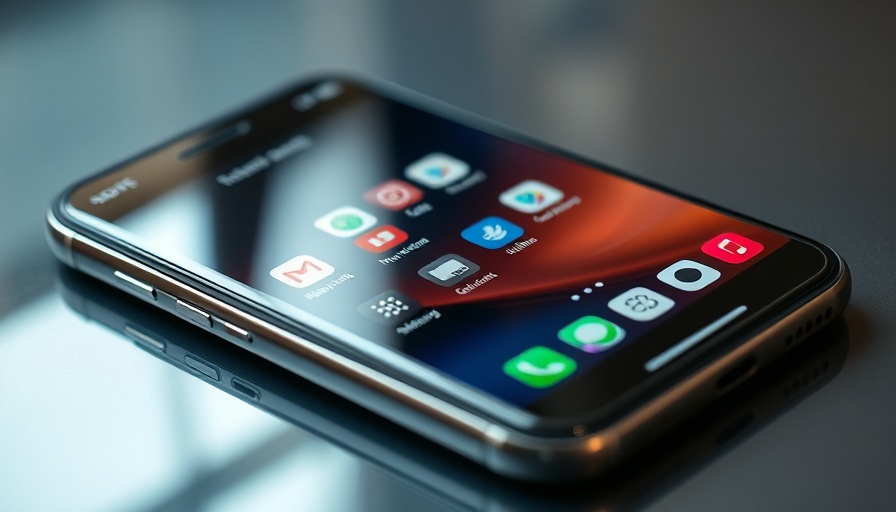
The Future of Smartphone Design: A Shift Towards Port-Free Devices
Apple's venture into the realm of ultra-thin smartphones with the anticipated iPhone 17 Air could redefine our expectations of mobile technology. This upcoming model, set to launch this fall, is rumored to possess a thickness of just 5.5 millimeters, echoing the sleek design principles seen in the MacBook Air. According to Mark Gurman from Bloomberg, Apple engineers faced considerable challenges in achieving this design without compromising battery life, necessitating innovative developments in high-density battery technology.
Regulatory Hurdles and Industry Standards
Among the many bold ideas Apple contemplated was releasing a completely port-free iPhone. This concept would pivot the charging and data transfer processes towards an entirely wireless model, relying on MagSafe technology and iCloud for data management. However, Apple ultimately opted against this groundbreaking design, primarily due to regulatory pressures from European lawmakers mandating the use of USB-C connectors across smartphone models. This decision underscores a crucial point: even a technology titan like Apple must navigate the complex landscape of global regulations as it innovates.
Market Reactions and Future Implications
The iPhone 17 Air isn’t just another product; it symbolizes a potential shift in the smartphone market landscape. While the current design will not be entirely port-less, the choice to prioritize thinner designs hints at Apple’s long-term vision of moving towards a minimalistic aesthetic in their devices. If the iPhone 17 Air proves successful, it may pave the way for future models devoid of any physical ports, significantly changing user interaction and device repairability.
Lessons from Competitors: A Contextual Perspective
Apple isn't pioneering this frontier alone. Other brands, such as Vivo and Meizu, have attempted similar conceptual designs in the past but faced market limitations. For instance, Vivo's Apex concept in 2019 aimed for a completely port-less design but lacked the backing for mass production. This historical context provides important lessons for Apple as it evaluates the feasibility of port-free models. Understanding user experience and serviceability will be vital in ensuring acceptance in a market that often prioritizes convenience and practicality.
In summary, the iPhone 17 Air represents more than just an innovation in hardware; it may set the stage for how consumers interact with technology in the future. As healthcare continues to embrace advanced tech solutions, such as telemedicine and wearable devices, understanding these innovations becomes essential for healthcare IT professionals and providers alike.
For those eager to stay ahead in the rapidly evolving intersection of healthcare and technology, keep an eye on these technological shifts that influence patient care and operational efficiency.
 Add Row
Add Row  Add
Add 




Write A Comment